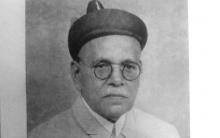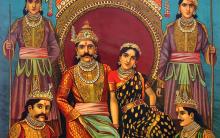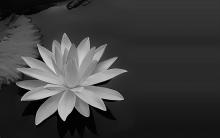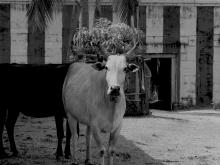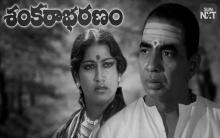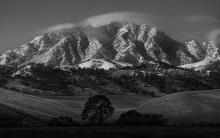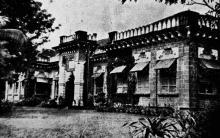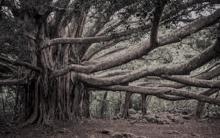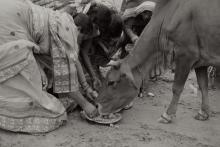Author:hari
“ರೂಪಕ-ಪ್ರತಿಮೆ ಭಾಷಾಪ್ರಯೋಗ” ಇತ್ಯಾದಿ
अनपेक्षितगुरुवचना सर्वान् ग्रन्थीन् विभेदयति सम्यक्।
प्रकटयति पररहस्यं विमर्शशक्तिर्निजा जयति॥
|
|
Telugu literature is known for its dexterous use of Sanskrit. While the language of the gods is a brilliant but hard diamond for many, it becomes supremely malleable for Telugu poets who weave their lyrical magic in it. This deft use of Sanskrit extends even to Telugu movie songs whose lyricists are not mere commercial song writers but poets in the truest sense of the word.
An Examination of the Story[1] of Guṇāḍhya
Now let us take a look at why and how might have Vararuci, Kāṇabhūti, and Śātavāhana appeared in the context of the publication of the Bṛhat-kathā.
When I was studying in the High School, Mr. Gopalakrishna Rao was one of the teachers. Though he did not teach me, I am grateful to him for certain reasons. As he was the warden of the hostel, we got to know each other quite closely.
ಕೃಷ್ಣಮೂರ್ತಿಗಳನ್ನು ನೆನೆದಾಗಲೆಲ್ಲ ನನಗೆ ಎದ್ದುತೋರುವುದು ಅವರ ಧರ್ಮಪ್ರಜ್ಞೆ. ಅರ್ಥ-ಕಾಮಗಳ ಕೋಲಾಹಲ ಸ್ವಲ್ಪವೂ ಇರದ ಈ ಧರ್ಮಪ್ರಜ್ಞೆಯು ನಿಶ್ಚಿತವಾಗಿ ಮೋಕ್ಷೈಕಗಾಮಿ. ಚಿಕ್ಕ ವಯಸ್ಸಿನಿಂದ ಅವರು ಆಚಾರ-ಪ್ರಾಯಶ್ಚಿತ್ತಗಳ ಮೂಲಕ ಮೈಗೂಡಿಸಿಕೊಂಡಿದ್ದ ಸತ್ತ್ವಾಭಿಮುಖತೆ ಸಾಹಿತ್ಯಸಂಸ್ಕಾರದ ಮೂಲಕ ಮತ್ತಷ್ಟು ಪಾಕಗೊಂಡಿತೆನ್ನಬೇಕು. ಮುಂದೆ ಕಾನೂನನ್ನು ಓದುವಾಗ, ಉದ್ಯೋಗ ನಿರ್ವಹಿಸುವಾಗ ಧರ್ಮಕ್ಕಿರುವ ದಂಡ-ವ್ಯವಹಾರಗಳೆಂಬ ಮತ್ತೆರಡು ಪಾದಗಳನ್ನು ಹತ್ತಿರದಲ್ಲಿ ಕಾಣುವ ಅವಕಾಶವಾಯಿತು. ಹೀಗಾಗಿ ಅವರ ಜೀವನವಿಡೀ ನಾಲ್ಕು ಪಾದಗಳುಳ್ಳ ಧರ್ಮದ ಹಲವು ತೆರನಾದ ಸೂಕ್ಷ್ಮತೆ-ಸಂದಿಗ್ಧತೆಗಳನ್ನು ಸಾವಧಾನವಾಗಿ ಗಮನಿಸಿ ಅನ್ವಯಿಸಿಕೊಳ್ಳುವ ಸಾಧನೆಯಾಯಿತು.

